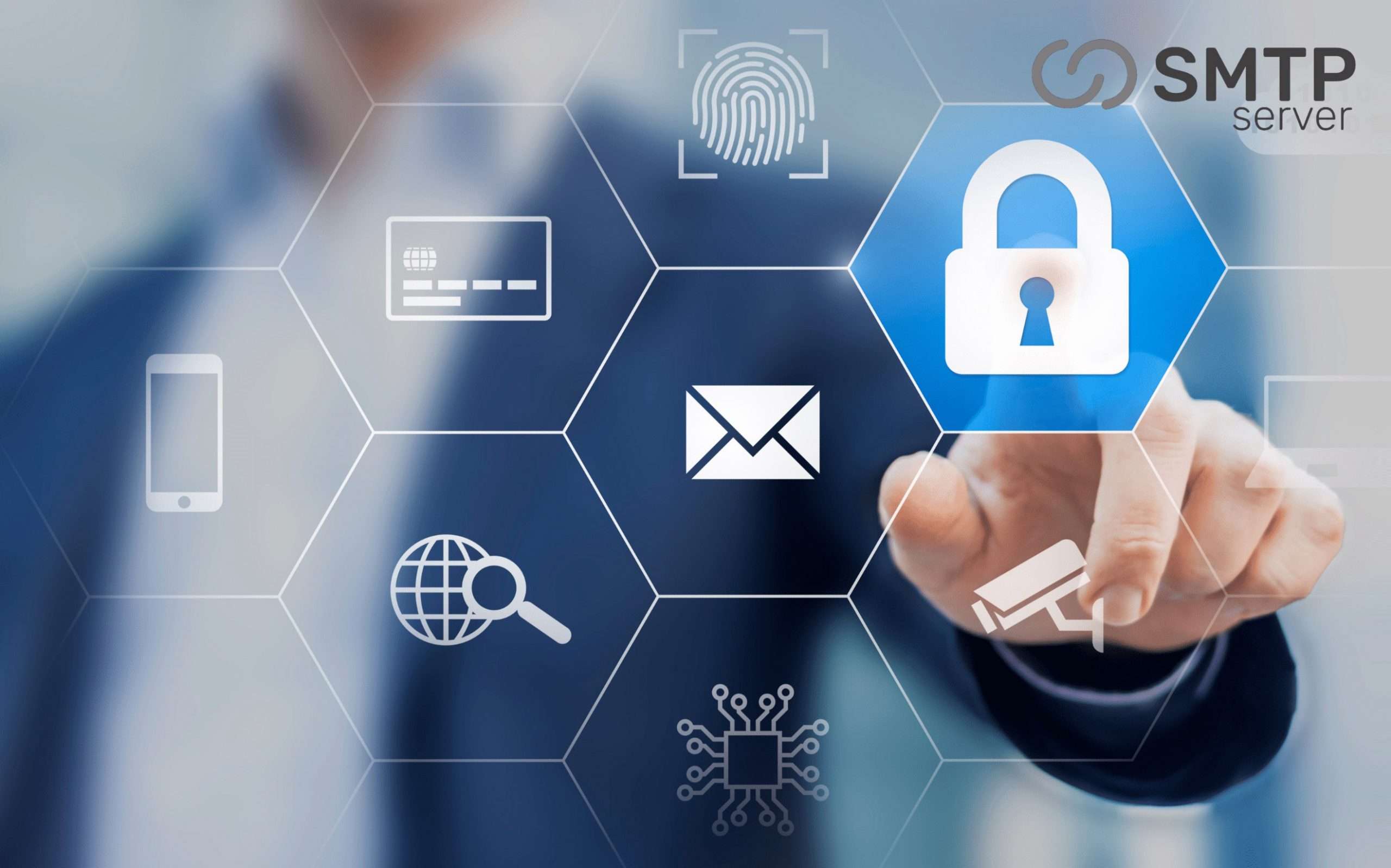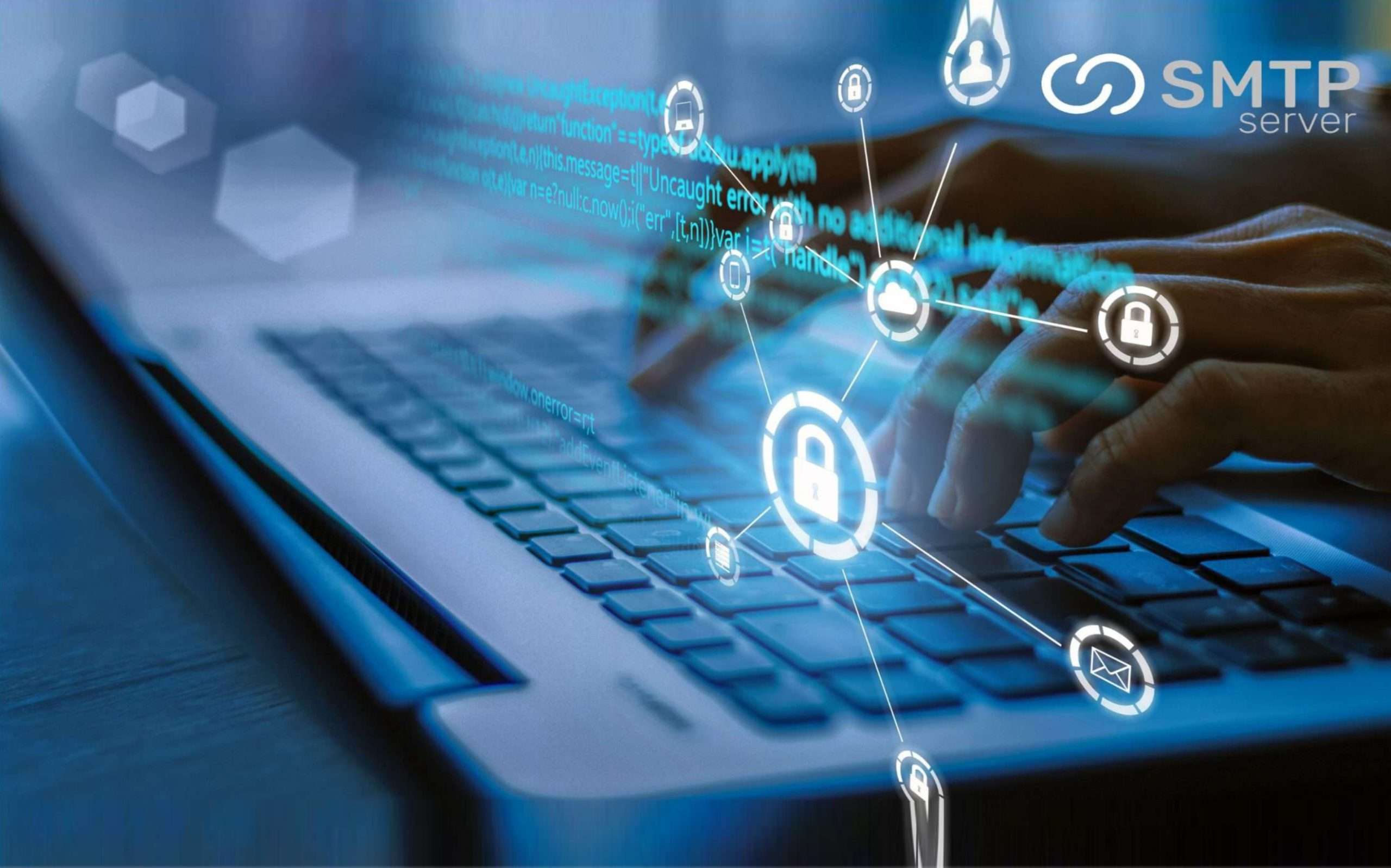5,222 total views, 17 views today
In the realm of email communication, SMTP (Simple Mail Transfer Protocol) servers play a vital role in facilitating the smooth transmission of messages from the sender to the recipient’s inbox. Understanding the relationship between SMTP servers and email inboxes is crucial for comprehending the journey of an email through cyberspace. In this article, we will delve into the intricacies of this relationship and shed light on the fundamental aspects that govern the functioning of SMTP servers and email inboxes.
Table of Contents
- Introduction to SMTP Servers
- The Role of SMTP Servers in Email Delivery
- SMTP Servers and Outgoing Mail
- Receiving Email: The Inbox and SMTP Servers
- SMTP Server Settings
- Common Issues with SMTP Servers
- Enhancing Email Delivery with SMTP Relay
- Security Considerations for SMTP Servers
- The Future of SMTP Servers
- Conclusion
- FAQs
Introduction to SMTP Servers
SMTP servers are the backbone of email communication, responsible for handling the transmission of emails across the internet. They act as the post offices of the digital world, processing outgoing and incoming messages. SMTP servers employ a set of protocols to ensure the reliable delivery of emails from the sender to the recipient’s inbox.
The Role of SMTP Servers in Email Delivery
SMTP servers serve as the first point of contact for outgoing emails. When a user sends an email, their email client communicates with the designated SMTP server to initiate the delivery process. The SMTP server then verifies the sender’s credentials, checks the recipient’s email address, and attempts to relay the email to the recipient’s SMTP server.
SMTP Servers and Outgoing Mail
Outgoing mail requires the sender’s SMTP server to establish a connection with the recipient’s SMTP server. The sender’s SMTP server transmits the email to the recipient’s server, which then delivers it to the intended inbox. This process involves several handshakes and authentication steps to ensure secure and reliable delivery.
Receiving Email: The Inbox and SMTP Servers
When someone receives an email, their email client connects to their email provider’s SMTP server to retrieve incoming mail. The SMTP server acts as a gateway, accepting incoming emails from other SMTP servers and delivering them to the recipient’s inbox. This process involves authentication checks and spam filtering mechanisms to protect against unwanted or malicious messages.
SMTP Server Settings
To configure email clients and enable smooth email delivery, users need to provide specific SMTP server settings. These settings typically include the server address, port number, and authentication details. By correctly configuring the SMTP server settings, users can establish a secure connection for both outgoing and incoming mail.
Common Issues with SMTP Servers
While SMTP servers are generally reliable, certain issues can arise during email transmission. Some common problems include email delays, bounced emails, and blacklisting. These issues can occur due to misconfigurations, network congestion, server errors, or security measures. Troubleshooting these problems often requires careful analysis and adjustments to the server settings.
Enhancing Email Delivery with SMTP Relay
In cases where direct communication between SMTP servers is not feasible, SMTP relay services come into play. SMTP relays act as intermediaries between the sender’s SMTP server and the recipient’s server, ensuring email delivery even in complex network environments. They can optimize email routing, enhance deliverability, and provide additional security measures.
Security Considerations for SMTP Servers
Given the sensitive nature of email communication, ensuring the security of SMTP servers is crucial. SMTP servers can be vulnerable to various threats, including spam, phishing attempts, and unauthorized access. Implementing robust security measures such as encryption, authentication protocols, and spam filtering can safeguard both outgoing and incoming mail.
The Future of SMTP Servers
As technology evolves, the landscape of email communication continues to evolve as well. While SMTP servers have been the standard for email delivery for decades, new protocols and approaches are emerging. Alternatives such as ESMTP (Extended SMTP) and more advanced security measures are shaping the future of email transmission, aiming to address the evolving needs of users and combat emerging threats.
Also Read: Secure SMTP Server: Enhancing Email Communication Security
Conclusion
SMTP servers form an integral part of the email ecosystem, enabling the seamless delivery of messages from senders to recipients. Understanding the relationship between SMTP servers and email inboxes provides insights into the mechanisms that underpin email communication. By leveraging SMTP servers effectively and staying updated on emerging trends, users can optimize their email delivery and enhance their overall communication experience.
FAQs
Q1: What is an SMTP server? An SMTP server, or Simple Mail Transfer Protocol server, is responsible for sending, receiving, and relaying emails across the internet. It acts as a digital post office, ensuring the smooth transmission of messages from the sender to the recipient’s inbox.
Q2: Can I use any SMTP server for sending emails? While you can technically use any SMTP server for sending emails, it’s essential to use the SMTP server provided by your email service provider or your organization. Using the designated SMTP server ensures proper authentication and better deliverability.
Q3: How do SMTP servers contribute to email security? SMTP servers contribute to email security by implementing various measures such as encryption, authentication protocols, and spam filtering. These mechanisms help protect against unauthorized access, phishing attempts, and spam messages, enhancing the overall security of email communication.
Q4: What are SMTP relay services? SMTP relay services act as intermediaries between SMTP servers, facilitating email delivery in complex network environments. They optimize routing, improve deliverability, and provide additional security measures to ensure successful transmission of emails.
Q5: What does the future hold for SMTP servers? While SMTP servers have been the standard for email delivery, new protocols and approaches are emerging to address evolving needs and combat emerging threats. Alternatives like ESMTP and advanced security measures will shape the future of email transmission, enhancing the efficiency and security of communication.
In conclusion, SMTP servers form the backbone of email communication, enabling the reliable transmission of messages between senders and recipients. By understanding the relationship between SMTP servers and email inboxes, users can optimize their email delivery, ensure security, and adapt to the evolving landscape of digital communication.





